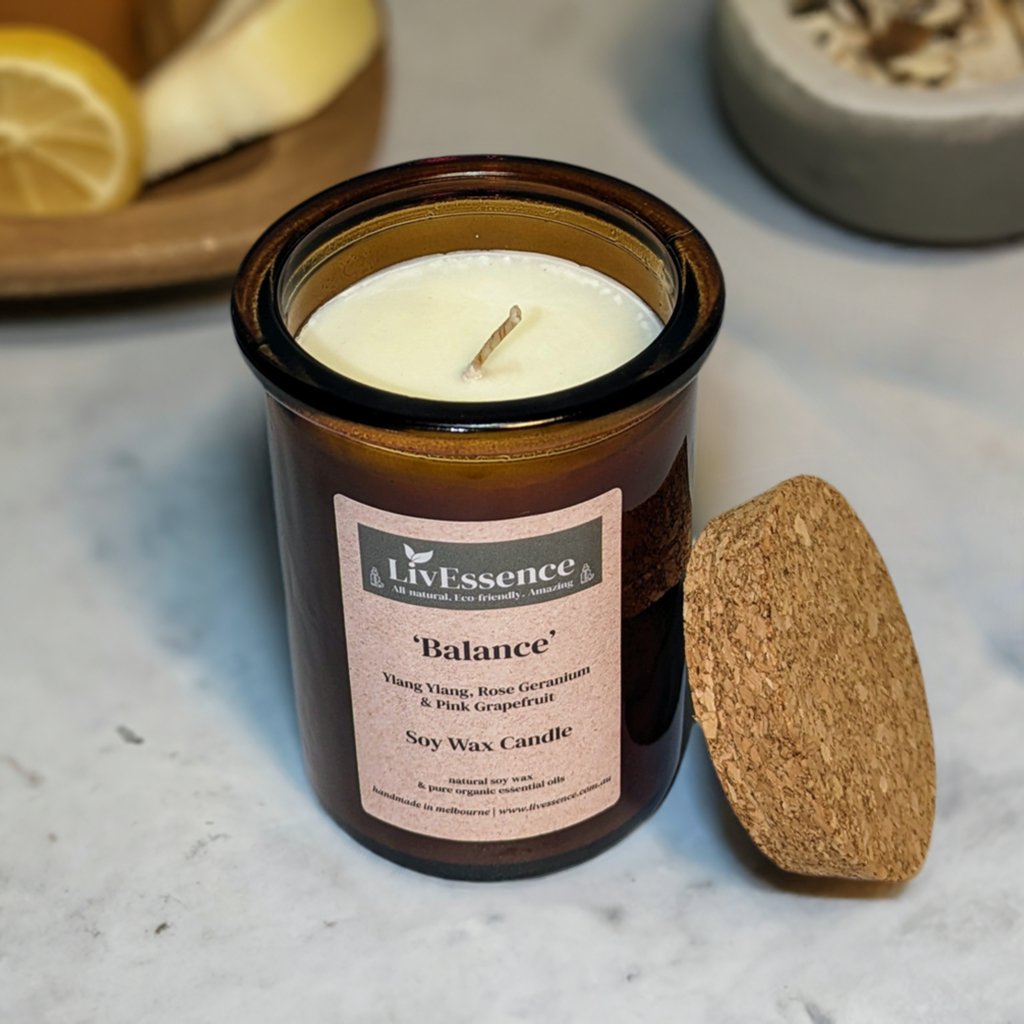From Wick to Wax: Comprehending the Chemistry Behind Soy Wax Candles and Their Ecological Influence
As we brighten our rooms with the cozy radiance of candles, there exists a world of detailed chemistry behind the apparently basic act of lighting a soy wax candle light. Join us as we unravel the clinical ins and outs behind soy wax candles and explore their implications on our environment.
Soy Wax Vs. Paraffin Wax
When contrasting soy wax and paraffin wax for candle production, it is essential to comprehend the distinctive characteristics and advantages of each product. Soy wax is an all-natural, eco-friendly resource originated from soybean oil, making it environmentally friendly and eco-friendly - soy candles. On the other hand, paraffin wax is a result of oil refining, which raises concerns regarding its ecological impact and sustainability
Soy wax candle lights shed cleaner and produce less soot contrasted to paraffin wax candles, making them a healthier option for indoor air top quality. Additionally, soy wax has a lower melting factor, enabling a longer-lasting candle light that distributes scent better. Paraffin wax, on the various other hand, often tends to burn faster and much less cleanly, possibly launching hazardous chemicals right into the air.
From a sustainability point of view, soy wax is preferred for its biodegradability and sustainable sourcing, lining up with the growing customer preference for ecologically mindful products. While paraffin wax has been a standard option in candle making because of its affordability and ease of usage, the shift in the direction of environmentally friendly alternatives like soy wax is gaining energy in the industry.
Chemical Structure of Soy Wax

Burning Refine in Soy Candles
The chemical structure of soy wax straight influences the combustion procedure in soy candles, impacting elements such as shed time, fragrance launch, and ecological influence. When Discover More a soy candle light is lit, the warm from the fire melts the wax near the wick.
The burning effectiveness of soy candle lights is influenced by the pureness of the soy wax and the top quality of the wick. A clean-burning soy candle light with an effectively sized wick will lessen and create a consistent fire soot development. This not only extends the burn time of the candle light but also boosts the release of fragrances. Furthermore, soy wax candle lights have a reduced environmental influence compared to paraffin candles due to their renewable and eco-friendly nature.

Ecological Benefits of Soy Wax

Considered a lasting choice to standard paraffin wax, soy wax uses significant ecological advantages that make it a prominent choice amongst eco-conscious customers. Soy wax burns cleaner and generates less residue than paraffin wax, adding to far better interior air quality and lowering the demand for cleansing and upkeep. Overall, the ecological benefits of soy wax line up with the growing need for green and sustainable items in the market.
Recycling and Disposal Considerations
Recycling and correct disposal of soy wax candles play a vital function in preserving environmental sustainability and minimizing waste in neighborhoods and houses. The first action is to guarantee that the candle light has actually shed totally when it comes to reusing soy wax candle lights. This can be attained by enabling the candle light to shed up until the wick is no much longer usable, and afterwards letting the remaining wax cool and strengthen. Once the wax has solidified, it can be meticulously removed from the container.

In regards to disposal, if recycling is not an alternative, soy wax candle lights are biodegradable and can be securely taken care of in a lot of household waste systems. Nonetheless, it is always recommended to check with regional recycling centers or waste monitoring services for details guidelines on candle light disposal to ensure proper handling and environmental security.
Final Thought
To conclude, the chemistry behind soy wax candle lights discloses their visit their website environmental benefits over paraffin wax discover here candles. Soy wax, stemmed from soybean oil, burns cleaner and generates much less residue when compared to paraffin wax. The combustion procedure in soy candles is more effective, leading to a longer and a lot more also burn. Furthermore, soy wax is naturally degradable and eco-friendly, making it a more lasting choice for candle light production. Reusing and correct disposal of soy wax candles better add to their environmental effect.
When comparing soy wax and paraffin wax for candle light production, it is essential to understand the unique features and advantages of each product (soy candles).Soy wax candle lights shed cleaner and send out much less soot contrasted to paraffin wax candle lights, making them a healthier selection for interior air quality.Considered a lasting option to traditional paraffin wax, soy wax uses notable ecological benefits that make it a preferred option amongst eco-conscious customers. Soy wax burns cleaner and generates less residue than paraffin wax, contributing to far better indoor air quality and reducing the demand for cleaning and upkeep.In conclusion, the chemistry behind soy wax candles reveals their ecological benefits over paraffin wax candles